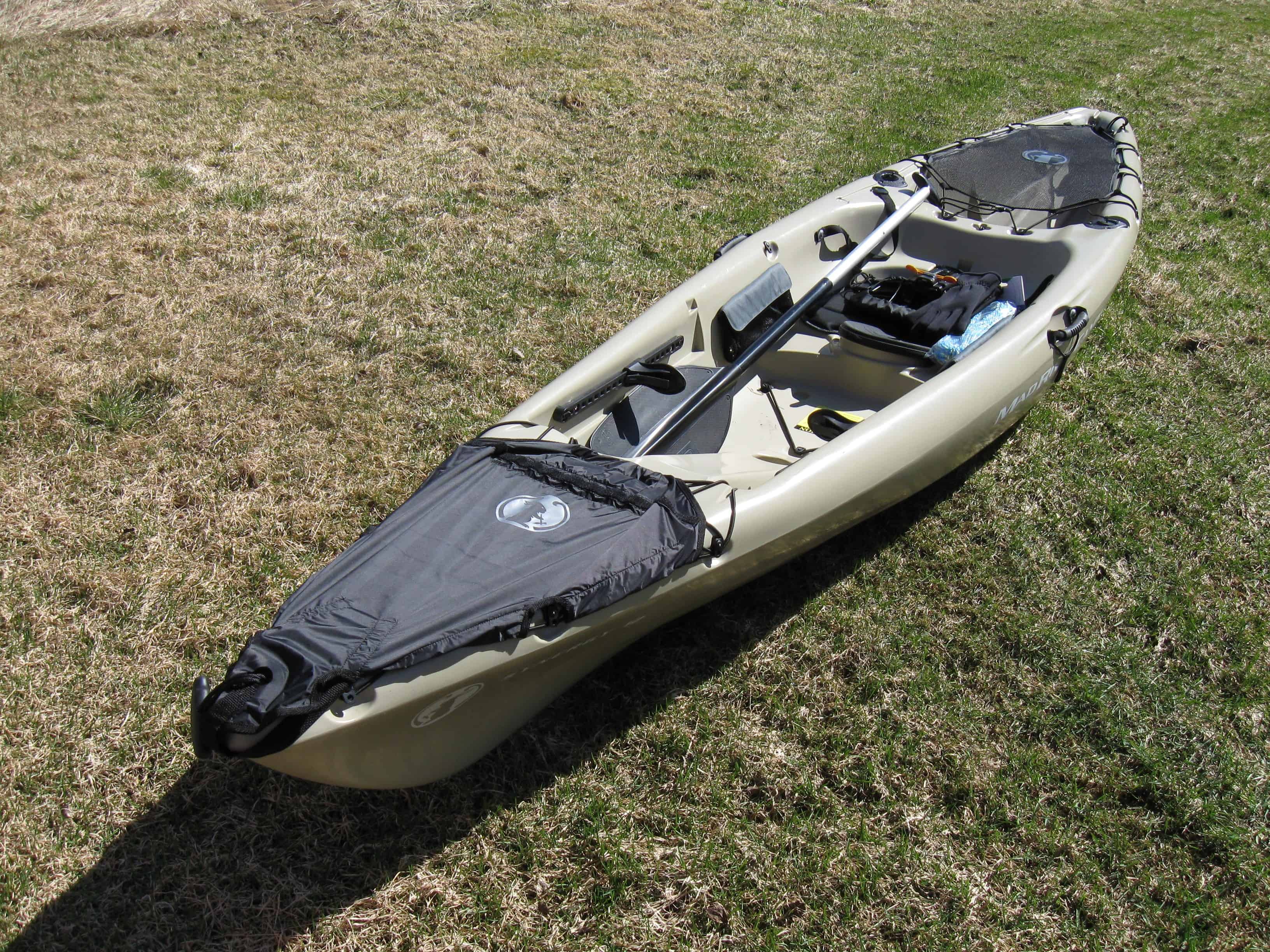Tandem Kayaks And Canoes: What’s The Best Option For Paddling Together?
Tandem canoes or kayaks are great ways to spend the day on the water with two friends. Both types of boats can be extremely fast and maneuverable with experienced paddlers. Both boats have advantages and disadvantages and work best in specific environments. Before purchasing a tandem kayak or a canoe, you should consider the way you plan to use it.
Table of Contents:
The Difference
Three main differences exist between canoes and tandem kayaks: the sitting position, the paddle type, and how much water is exposed. Kayakers use a double-ended paddling technique to propel themselves, while their legs are out in front. They also have a sprayskirt or a cockpit that is mostly enclosed, which prevents water splashing inside the boat. Canoe paddlers, on the contrary, sit on raised seats, or kneel, inside the hull. They propel themselves using a single-ended paddling, and the open hull is high enough to protect them from splashing. The two are both excellent for moving about in the water but their attributes will determine how they should be used.
Tandem Kayaks: The Best Features
The difference between tandem canoes is their exposure to the water. You’re more likely to be splashed by a kayak in rough water than a canoe. The boat’s design is for this kind of exposure, and it probably has a sprayskirt. This makes them a better option for rough water like river rapids.

Due to their low-profile design, tandem kayaks still experience less resistance on the water despite being similar in length to canoes. Beginners will find it easier to paddle a tandem than a canoe.
Canoes: The Best Attributes
Some people (falsely), believe that tandem kayaks are more efficient than canoes. After all, they have two blades. The belief that tandem kayaks are more efficient than canoes is false. Canoes are easier to paddle and require less coordination. If the boat gets off-center it is easy to correct. A canoe with two experienced paddlers can reach a faster top speed than a kayak tandem.
A canoe may be more comfortable or less so than a tandem Kayak, depending on your preferences. A canoe may be painful if you have a bad back. Canoes are great if you can sit on a stool comfortably for long periods of time. They have plenty of room to move around your legs and torso. You can easily shift your weight around in a boat without it tipping over.
Canoes work well for portaging. Early explorers preferred canoes to kayaks when traveling on rivers. Even the most experienced kayakers can struggle to balance a long kayak if you have to hoist it sideways on your shoulder. It’s nearly impossible to do that motion with a partner. It is more efficient to carry a kayak with your torso than by using your arms. (Hauling a tandem canoe together is not a recipe for good friendship). Canoes can be carried by one person, who can lift it on their shoulders and head while the other person steers and watches for obstacles.
Tandem Kayak Or Canoe?
What type of trips are you planning? Are you expecting to portage a lot? The kayak is a hindrance. Are you expecting rough water, such as rivers with rapids and the ocean? Canoes are not very good at keeping water out.
Kayaks are a good choice.
Tandem Kayaks are the best choice for paddlers looking to explore a variety of waterways, while canoes suit those concerned with cargo capacity, comfort and ease when moving their boat.


